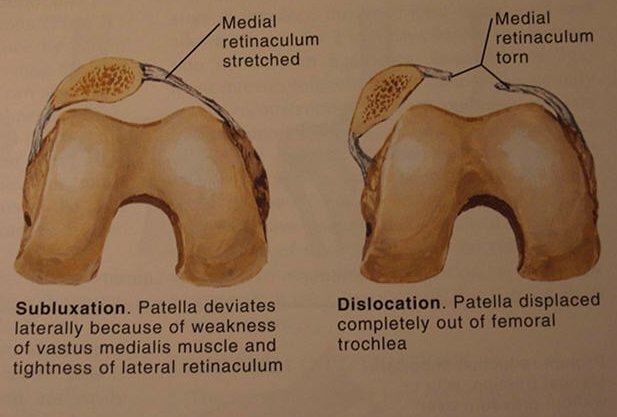Kneecap Instability Medial vs Lateral Patellar Dislocation
4.6 (499) · $ 23.50 · In stock
Do you suffer from patellar (kneecap) instability? Well, you’re not alone! Feeling like your kneecap is unstable is a common complaint. Unlike most of your other bones, the reason your kneecap (patella) moves freely is that it is not actually attached to another bone in your body. Your kneecap is the largest sesamoid bone in your body and is kept in place by a couple tendons, your quadriceps tendon and patellar tendon. A sesamoid bone is a small independent bone or bony nodule developed in a tendon where it passes over an angular structure, typically in your hands and feet. Put simply, while protecting what is underneath it, sesamoid bones are not fused to anything. In fact, if you extend both of your legs to where it takes the pressure off of your knees, you should be able to move

KneeCap Maltracking and Management - Complete Orthopedics

Patella Dislocations and Treatment

Transient patellar dislocation
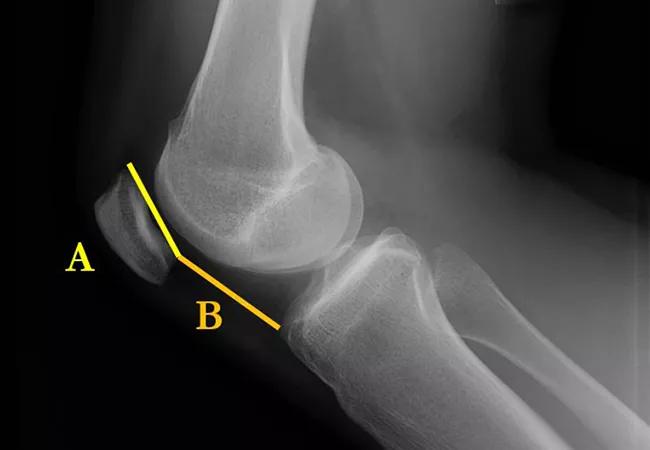
Surgery After First-Time Patellar Dislocation May Be the Right Approach in Younger Patients

Patella Dislocation - How Long is Recovery Time?
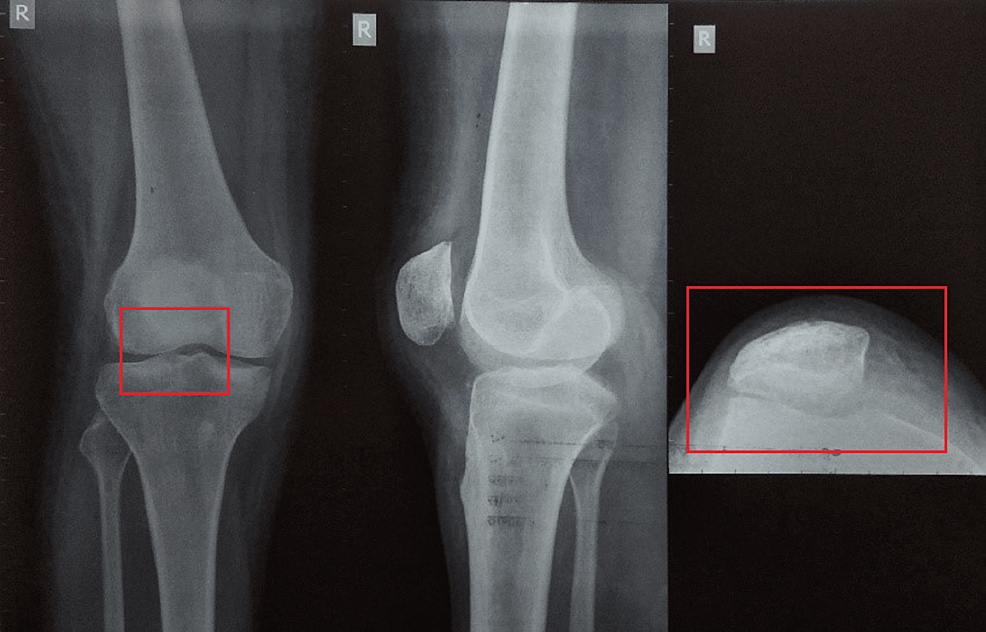
Cureus, The Novelty of Orthopedic Rehabilitation After Conservative Management for Patellar Dislocation With Partial Tear of Medial Meniscus and Early Osteoarthritis in a 31-Year-Old Female

Patellar dislocation - Wikipedia

Patellofemoral Instability: Diagnosis and Management
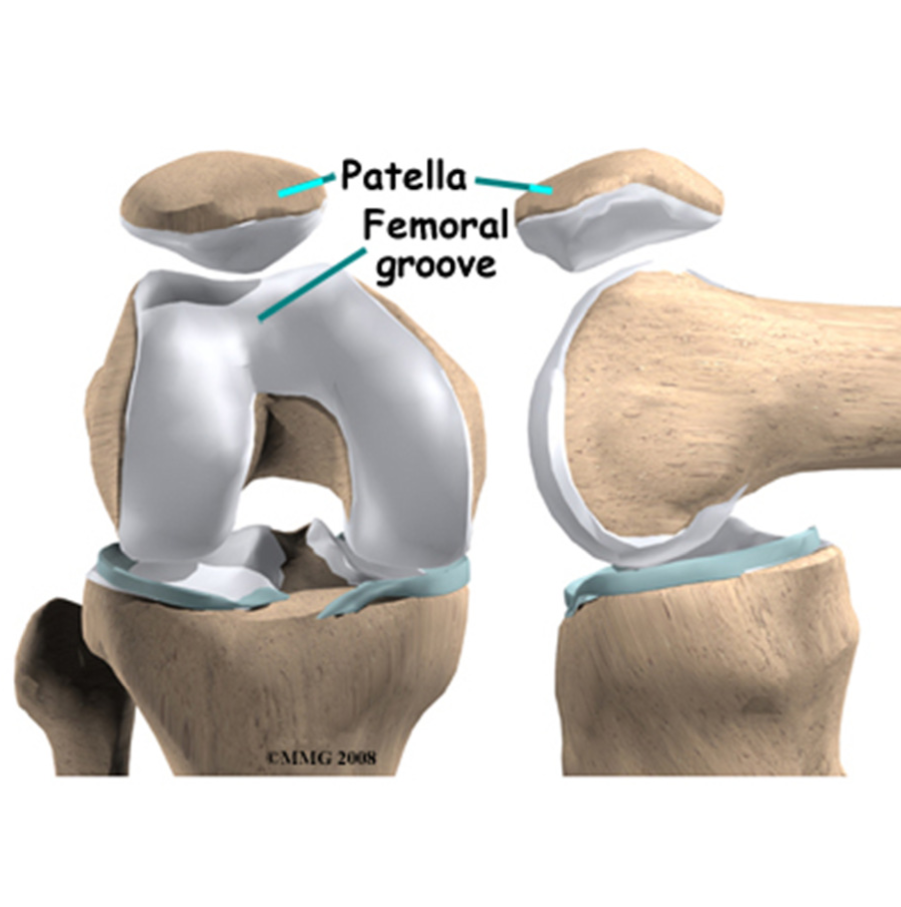
Patella Instability, Brisbane Knee and Shoulder Clinic
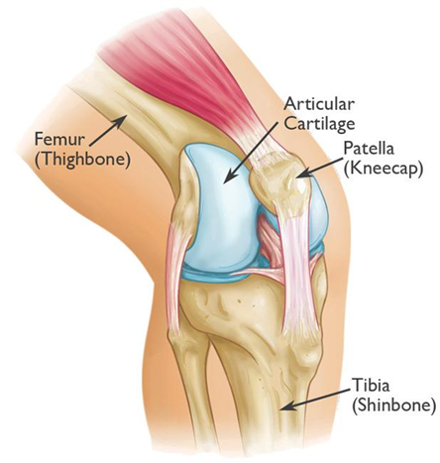
Patella Dislocation Knee Cap Injury Treatment in Singapore
